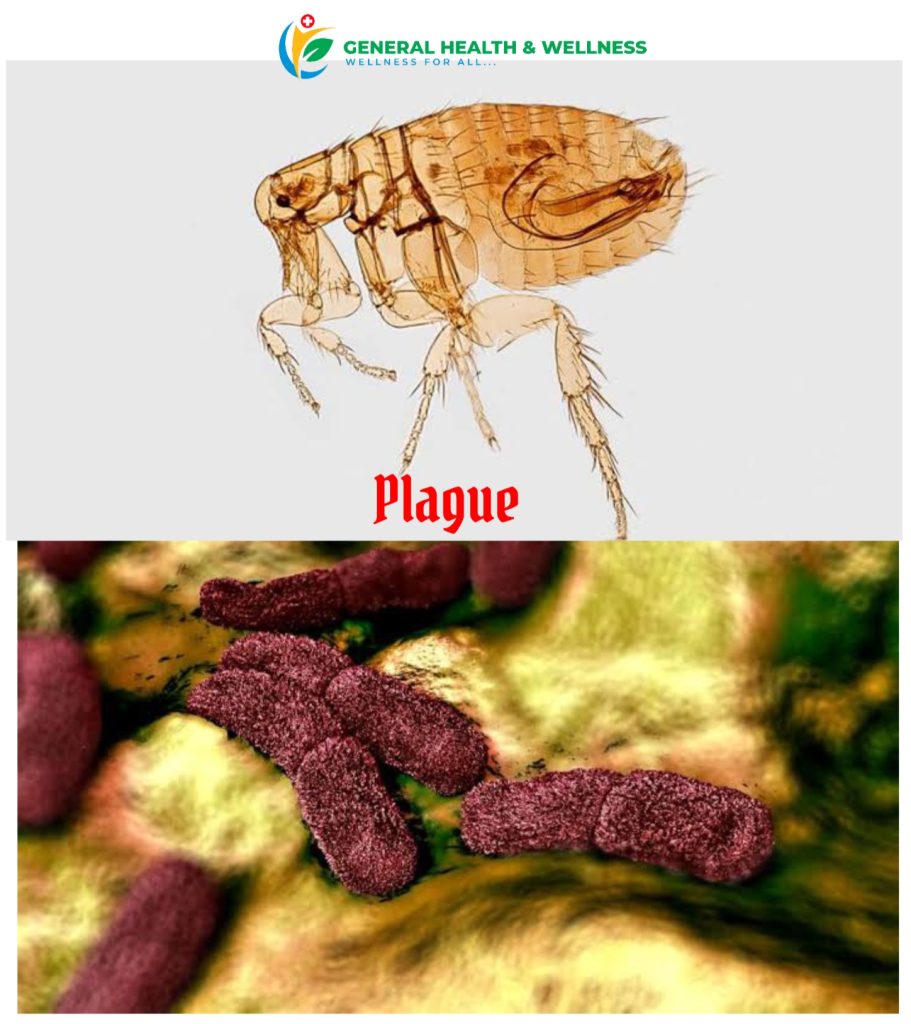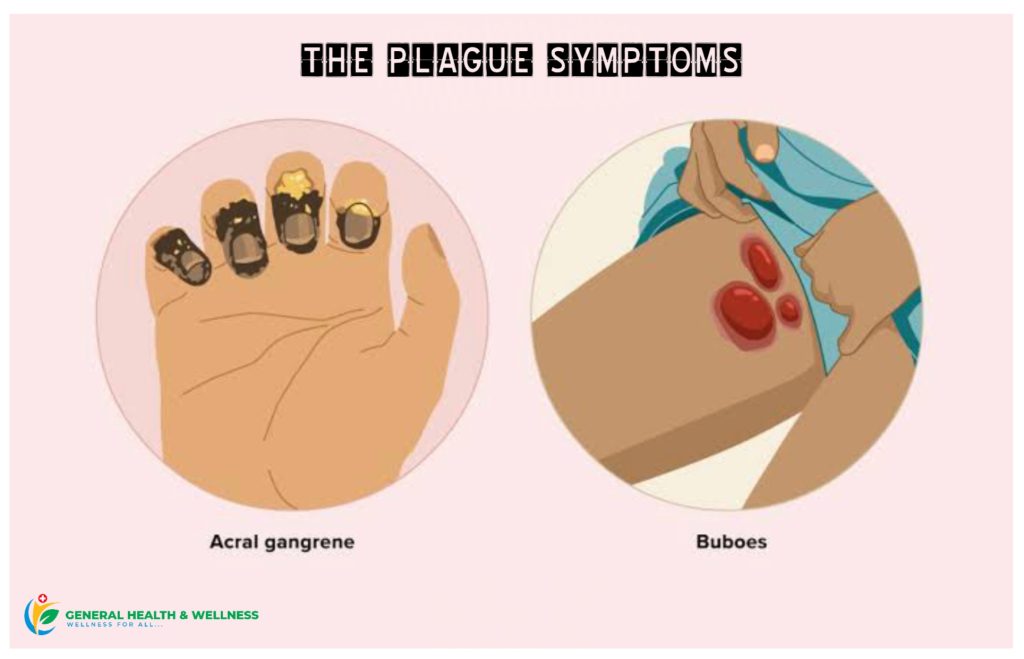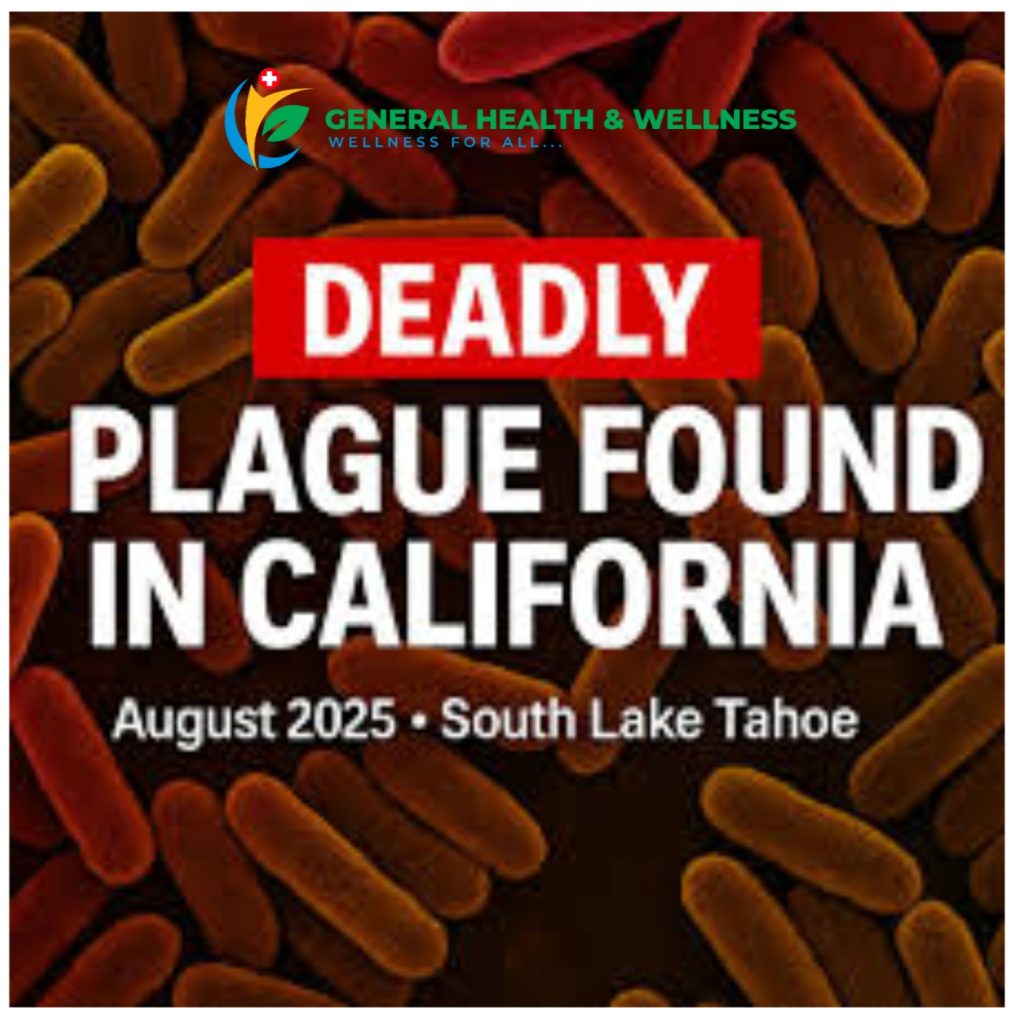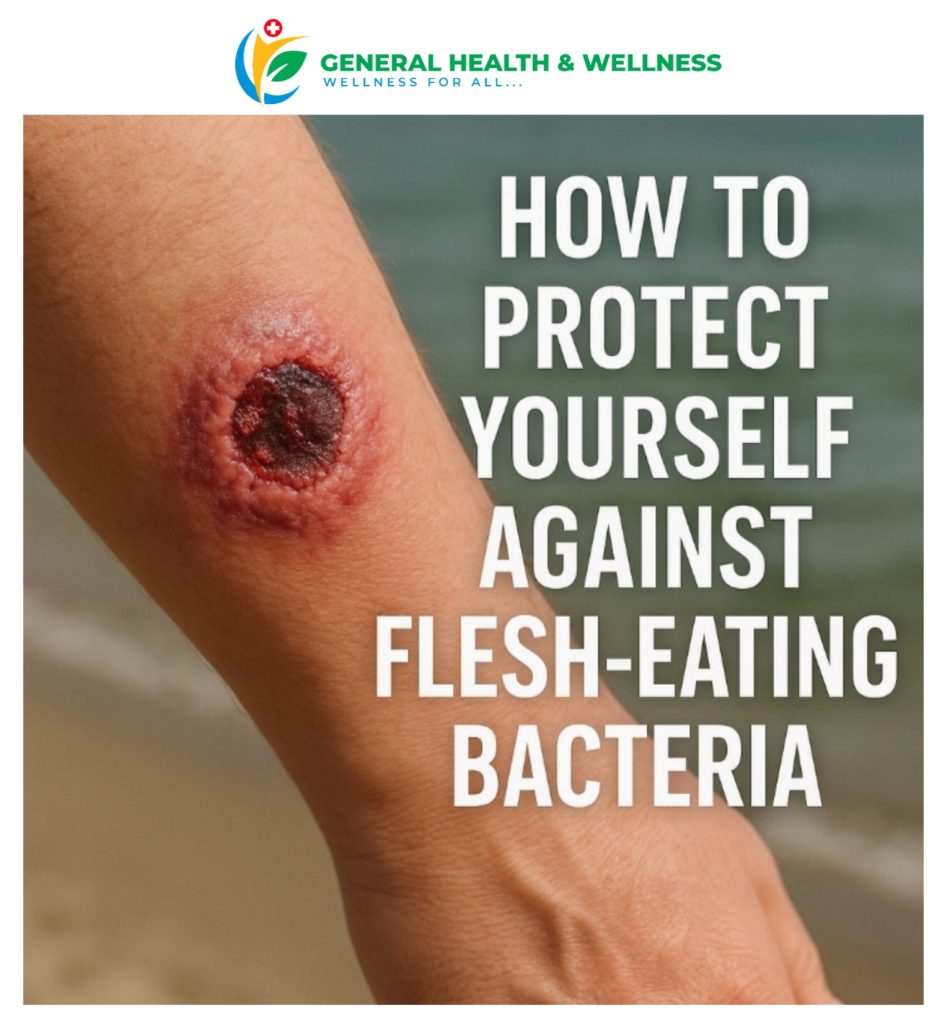What’s Plague?
The plague is a serious infectious disease caused by the bacterium Yersinia pestis. It is historically infamous for causing pandemics such as the Black Death in the 14th century, which killed millions across Europe. Although rare today, plague cases still occur in some regions, making awareness and early treatment critical.
Plague is primarily transmitted through fleas that bite infected rodents (like rats, squirrels, or prairie dogs). It can also spread through direct contact with infected animals or, in rare cases, from person to person via respiratory droplets.
Bubonic Plague
The bubonic plague is the most common form of plague. It is characterized by the sudden onset of fever, chills, weakness, and painful, swollen lymph nodes (called buboes). If untreated, it can progress into more severe forms:
- Septicemic plague (infection spreads to the blood).
- Pneumonic plague (infection spreads to the lungs and can be transmitted from person to person).
Symptoms of Plague
Plague symptoms can develop within 1–7 days after exposure. They vary depending on the type:
Bubonic plague
- Swollen, tender lymph nodes (buboes) in the groin, armpit, or neck
- Sudden fever and chills
- Headache
- Fatigue and weakness
Septicemic plague
- Abdominal pain and diarrhea
- Bleeding under the skin (blackened fingers, toes, or nose)
- Low blood pressure
- Organ failure (if untreated)
Pneumonic plague
- Cough with bloody sputum
- Shortness of breath
- Chest pain
- Severe pneumonia, which can spread between people
⚠️ Pneumonic plague is the most dangerous because it can spread directly via coughing and untreated cases are often fatal.
Plague in California
While plague is rare, cases are reported in the western United States, including California, Arizona, New Mexico, and Colorado.
- Plague is naturally found in wild rodents such as ground squirrels, prairie dogs, and chipmunks.
- In California, most human cases have been linked to camping or hiking in rural areas where plague-carrying fleas are present.
According to the California Department of Public Health (CDPH), plague cases are extremely rare and usually treatable if caught early. Public health officials monitor rodent populations and flea activity to reduce risks.
👉 Source: California Department of Public Health – Plague
Treatment of Plague
Plague is a medical emergency but can be treated effectively with antibiotics if diagnosed early.
Standard Treatments
- Antibiotics such as streptomycin, gentamicin, doxycycline, or ciprofloxacin
- Hospital care for severe cases (oxygen, IV fluids, and respiratory support)
- Quarantine measures for pneumonic plague patients to prevent spread
Prevention Tips
- Avoid handling wild rodents or sick/dead animals
- Use insect repellent when camping or hiking in plague-affected areas
- Keep pets free of fleas
- Report sudden die-offs of rodents to local health authorities
Flesh-Eating Bacteria Infections Are Rising. Here’s What You Should Know
✅ Quick Facts
- Plague is caused by Yersinia pestis.
- It still exists today but is rare and treatable with antibiotics.
- The bubonic form is the most common, but pneumonic plague is the deadliest.
- The western U.S., including California, is one of the few regions where plague still occurs.
- Early detection and treatment save lives.
In Conclusion, although the plague is no longer the deadly global threat it once was, it still poses a risk in certain regions, including California. Recognizing symptoms early and seeking medical care immediately can prevent complications and save lives.
🚨 Takeaway: If you live in or travel to areas with known plague activity, protect yourself from flea bites, avoid wild rodents, and seek medical help quickly if you develop sudden fever and swollen lymph nodes.







Sprunki Incredibox truly elevates music creation with its fresh beats and visuals. It’s a creative leap forward while staying true to the original spirit. Check it out at Sprunki!